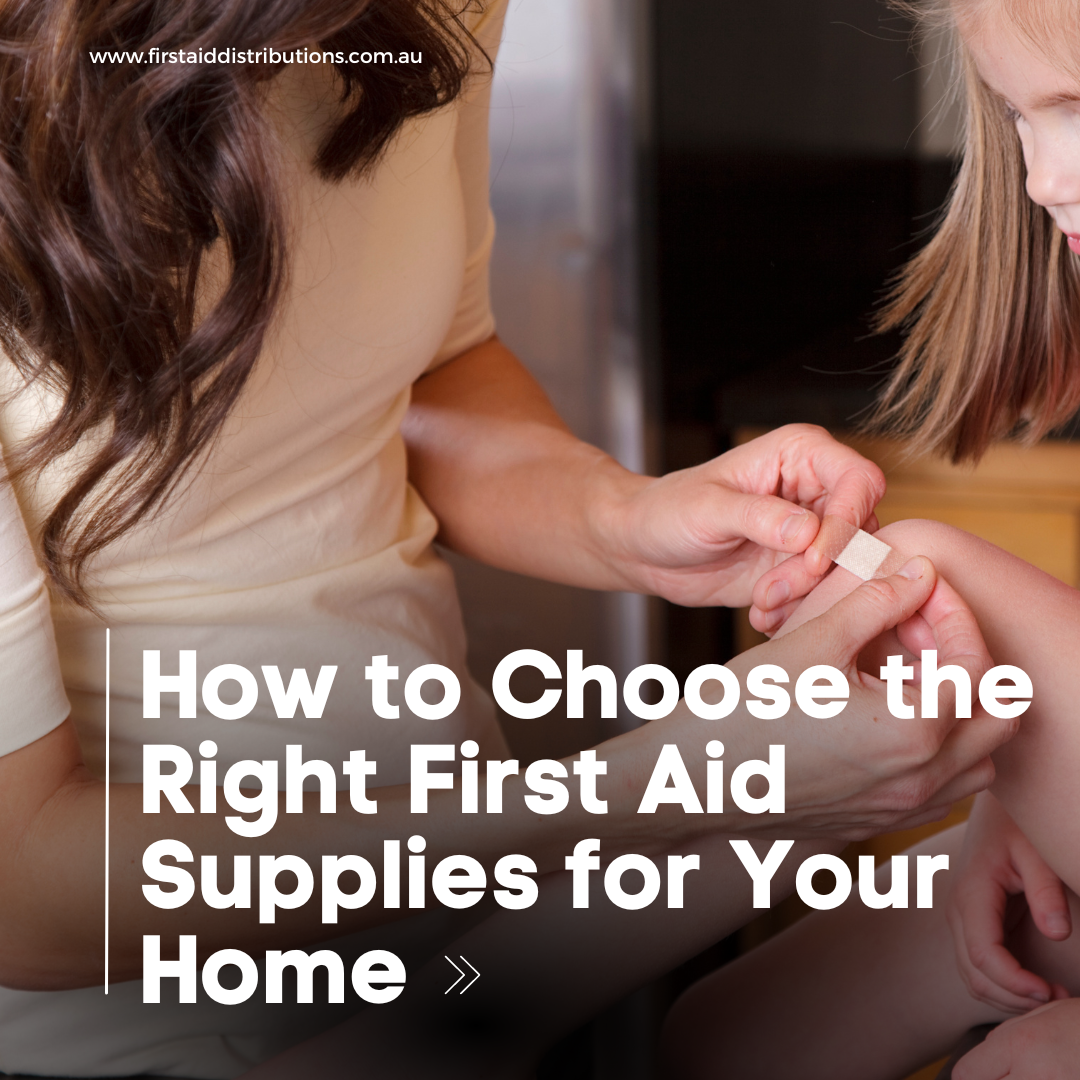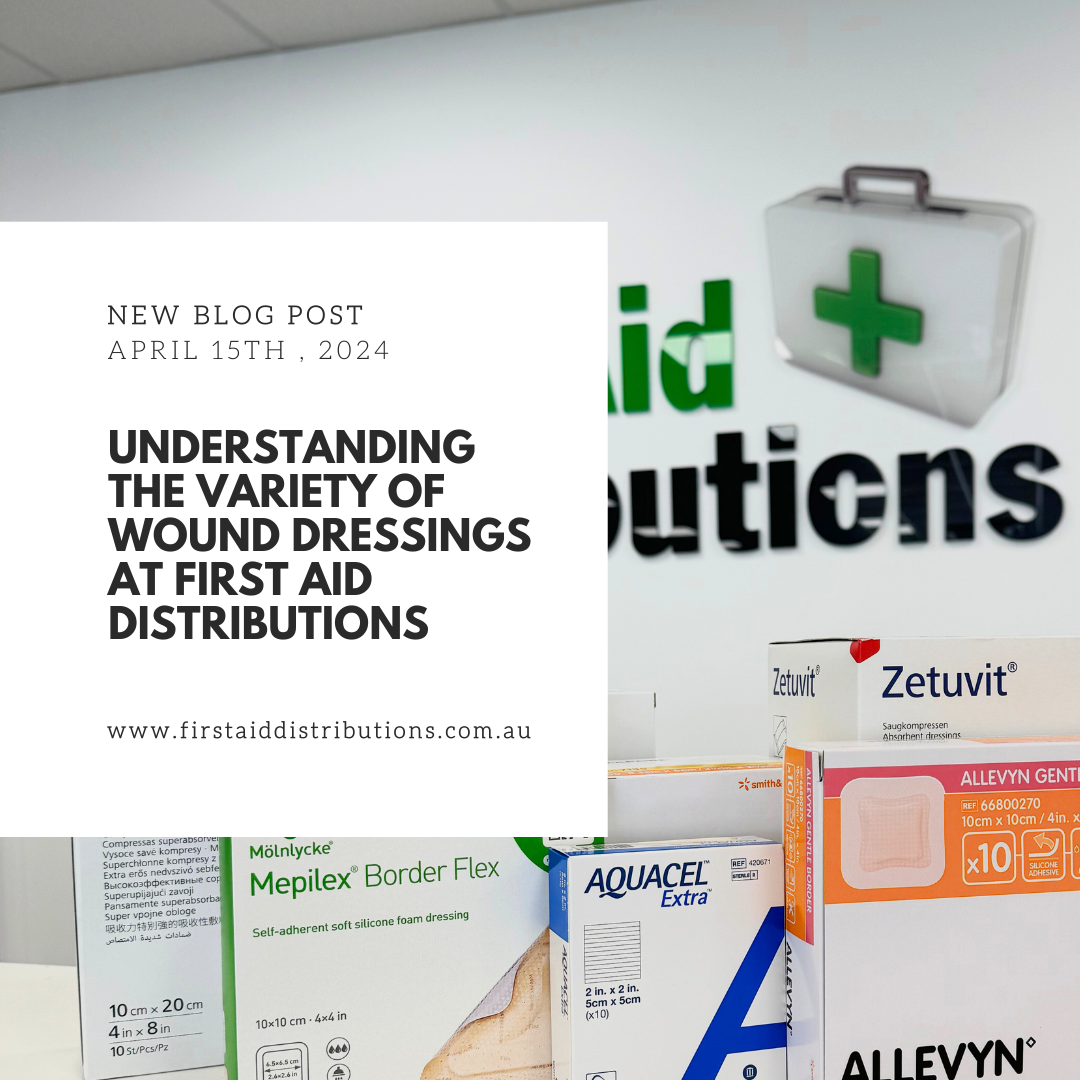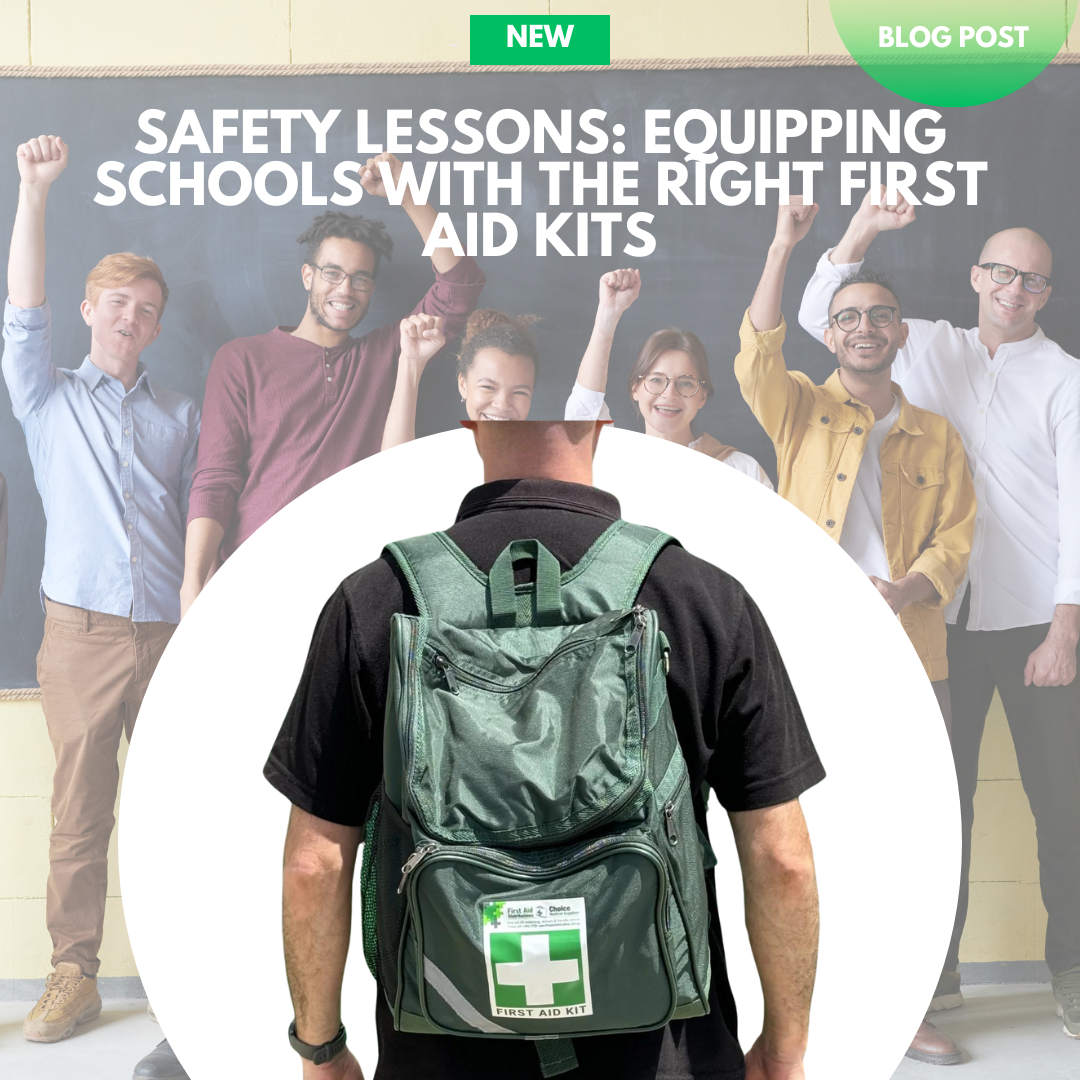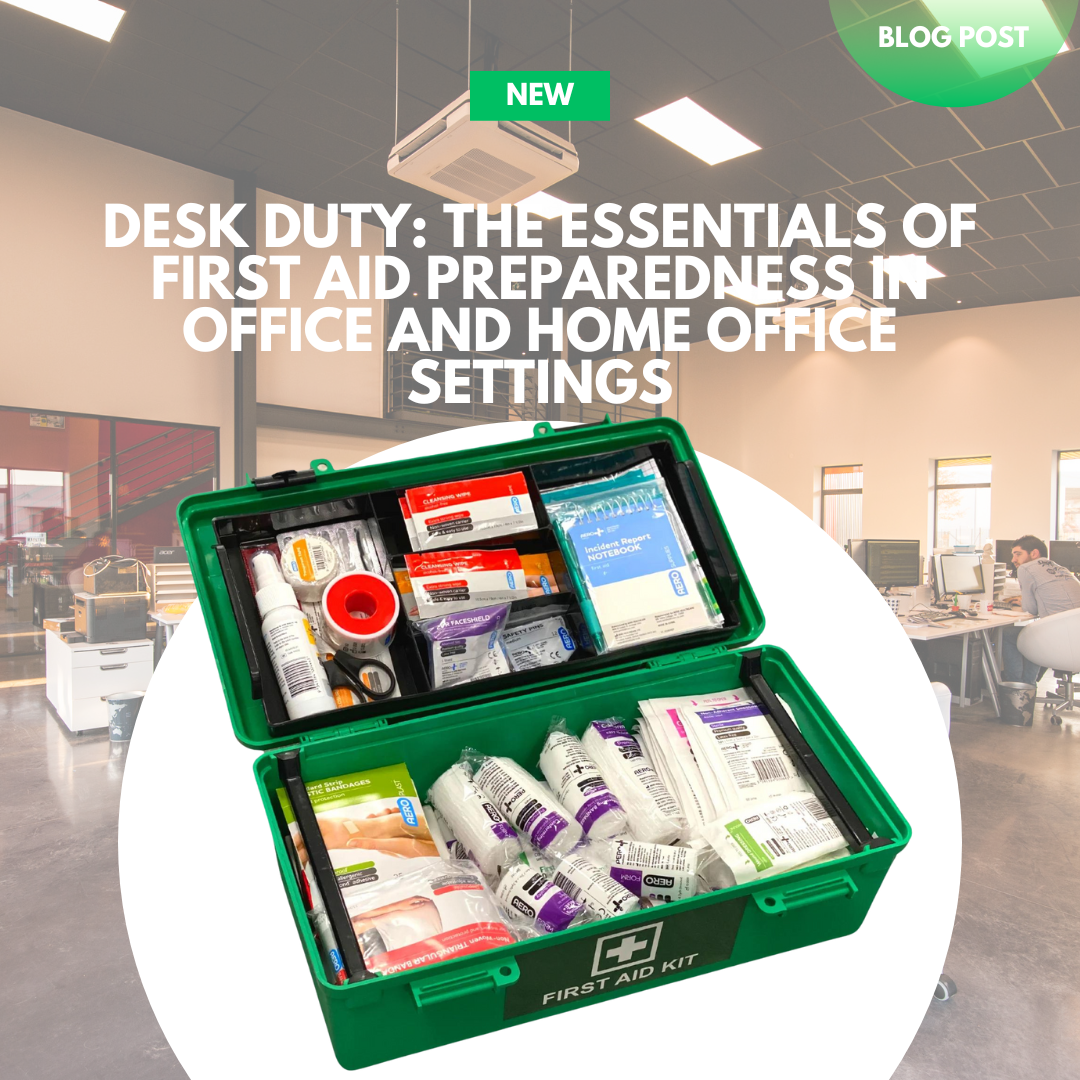
How to Choose the Right First Aid Supplies for Your Home
Crafting the perfect first aid kit for your home is akin to creating a personalised safety net. The task can appear overwhelming, but the objective is clear: to tailor a kit that not only addresses general emergencies but also caters to the unique requirements of your family.

Understanding Your Needs: The first step in building an effective first aid kit is to understand the specific needs of your household. This understanding ensures that in times of crisis, your kit is not just adequate but exemplary in its ability to provide for your family's unique health scenarios.
Considerations:
- Family Health History: Include items like glucose monitoring equipment for diabetics, inhalers for asthma sufferers, or nitroglycerin for heart conditions. Being prepared for these specific medical situations can be life-saving.
- Activity Level: For active families or those involved in sports, consider including elastic support bandages, instant cold packs for injuries, and heat creams for muscle strains.
- Children in the House: Paediatric doses of pain relievers, liquid formulations for younger children, and fun band-aids can make the experience less intimidating for little ones.
- Allergies: Beyond antihistamines, consider hypoallergenic versions of common first aid supplies like bandages and tapes.
- Location-Specific Items: Depending on where you live, this could include items like heatstroke prevention supplies, high SPF sunscreen, or insect repellent.
- Ease of Use: In an emergency, simplicity is key. Opt for items that can be used quickly and efficiently, such as single-use antiseptic wipes and pre-cut tape.
Tips for Building Your Kit:
- Start with a Pre-Made Kit: These kits provide a solid foundation. From there, you can add items specific to your family’s needs.
- Regular Maintenance: Inspect your kit regularly. Replace used or expired items, and consider seasonal changes (such as adding hydration salts during summer).
- Educate Your Family: Ensure everyone knows where the kit is stored and how to use its contents. A quick run-through or a printed guide can be very helpful.

Advanced Considerations:
- CPR Face Shield: In case you need to perform resuscitation.
- Emergency Blanket: Useful not just for warmth but also in shock management.
- Water Purification Tablets: In cases of natural disasters where clean water might not be accessible.
A thoughtfully assembled first aid kit, tailored to the specific needs and circumstances of your household, stands as a testament to proactive health management. By considering the unique aspects of your family's lifestyle and health, you create more than just a safety tool; you build a resource that embodies care and preparedness. Remember, the effectiveness of a first aid kit lies not just in its contents, but in the knowledge and readiness of those who might need to use it.




